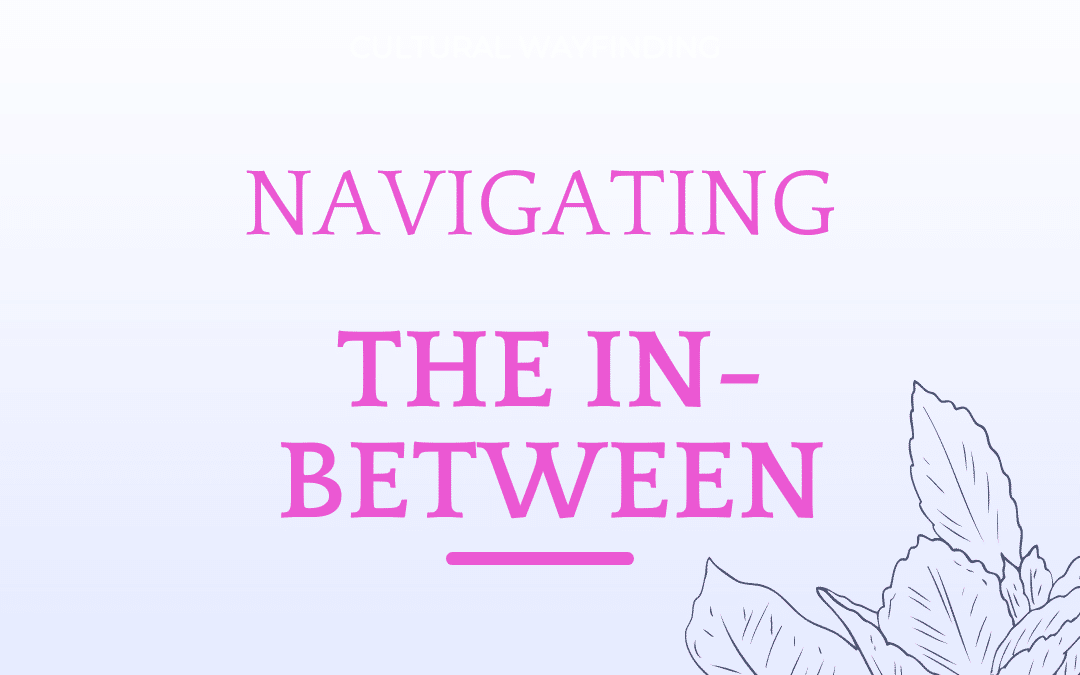
The In-Between
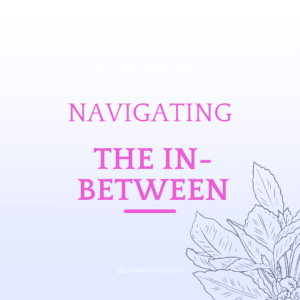
So often when we find ourselves in that liminal space – the space in-between where we were and where we’re going – we want an answer. We want a clearly defined destination, proof that we won’t languish in the in-between forever.
We want certainty that everything will be ok.
Part of this is because liminal spaces are often filled with uncomfortable emotions; loss, grief, uncertainty. Sometimes in-between spaces are also unstable, financially and socially, generating fear and anxiety.
It’s natural that we want a way through and beyond these experiences.
But another part of why we resist them is that we often think they hold less value than the spaces that come before and after. That they’re a ‘holding point’, more than an alchemic space, and if we can just get where we’re meant to be going, the problems will be solved, solutions found and Hey presto! Everything is fixed!
But liminal spaces can’t be rushed.
Often in the liminal our old beliefs have been stripped away, we’re made to reckon with our identity and our views of the world.
They’re a time of gestation, allowing us to arrive to the other side expanded, renewed and hopefully with a larger embrace of the world than we had before.
The question better asked of liminal spaces is not how quickly we can exit them, but how deeply we can inhabit them.
How willingly we engage in the process of letting go, of holding lightly what is close to us, and accepting what is unknown, and unknowable.
Because we’re all navigating transitions; careers, relationships, landscapes, seasons, houses, bodies, identities, politics.
Societally, climate change has already determined that we will transition – whether we do so willingly or not, and whether to something more beautiful or not.
And what lays before us is born not out of the past, but out of how deeply and honestly we can inhabit the space in between.
So if you find yourself navigating a liminal space right now, here are some reflection prompts to help:
- What’s asking to be held a little lighter?
- If nothing in my life were to change, what qualities would I need to develop to embrace and welcome the space I’m in?
Laura x
PS: Want support navigating transitions in your life? Learn more about my coaching work here.


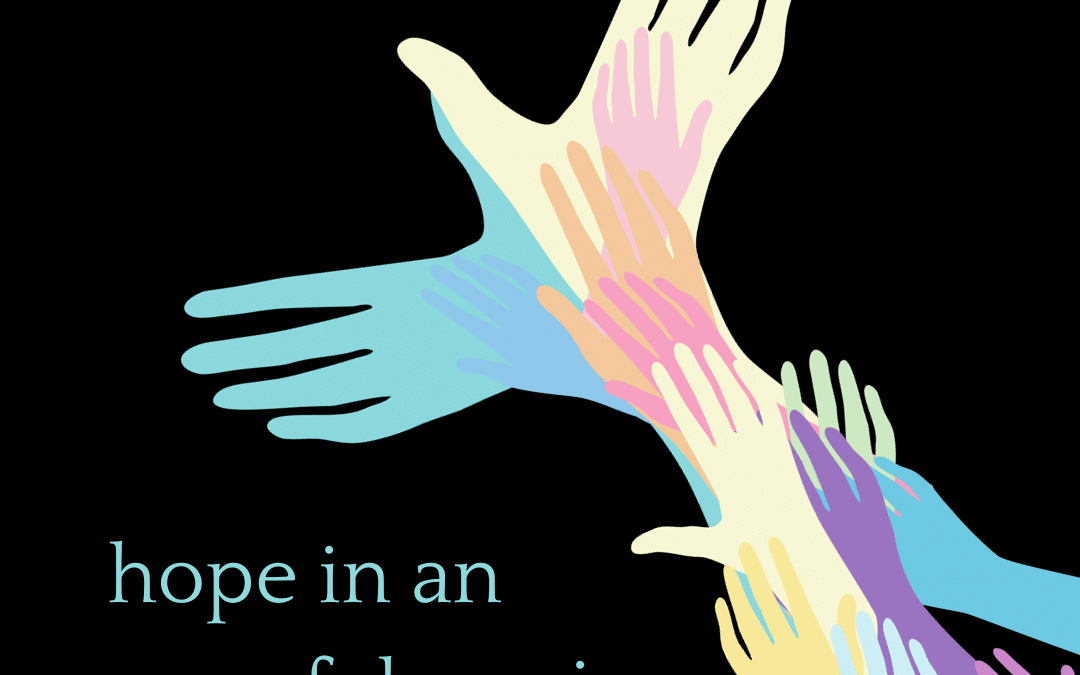
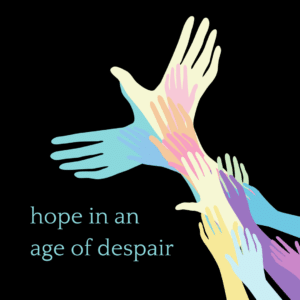 Hope is a practice.
Hope is a practice.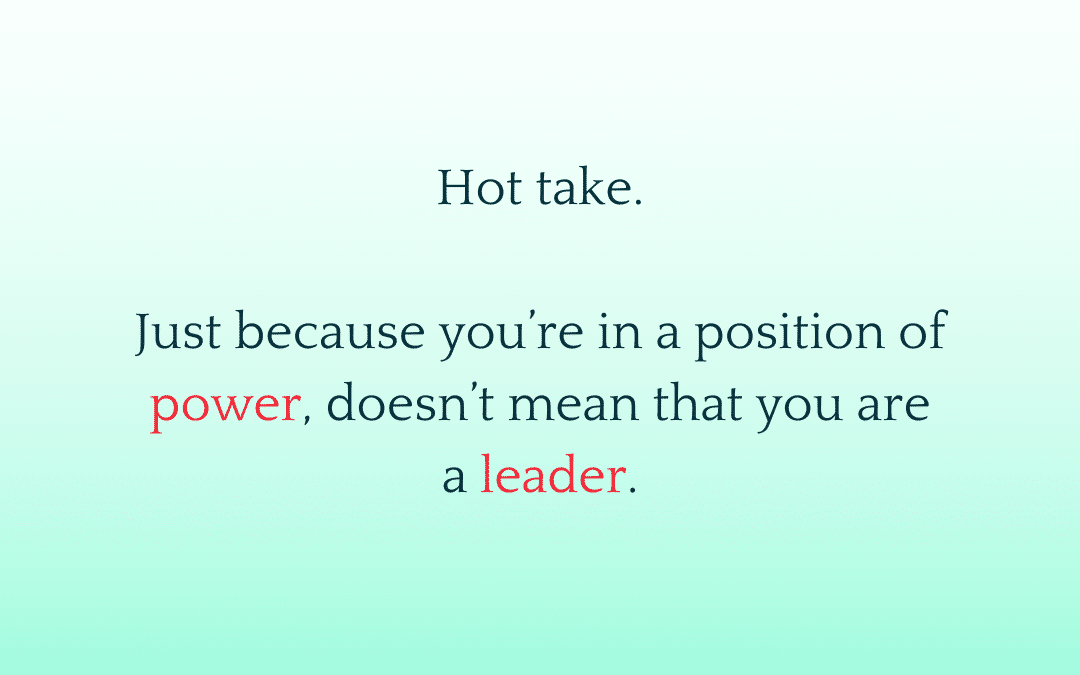
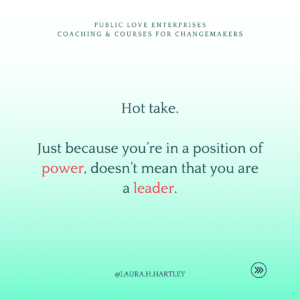 Hot take.
Hot take.